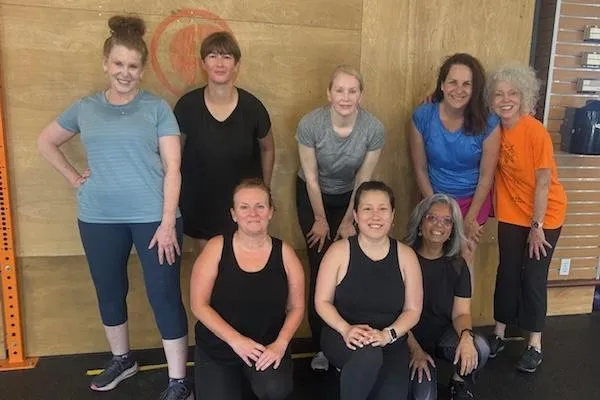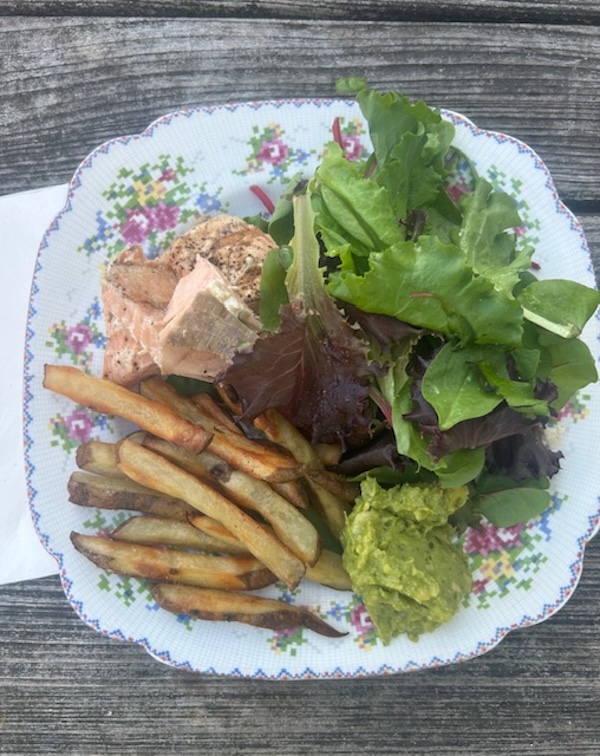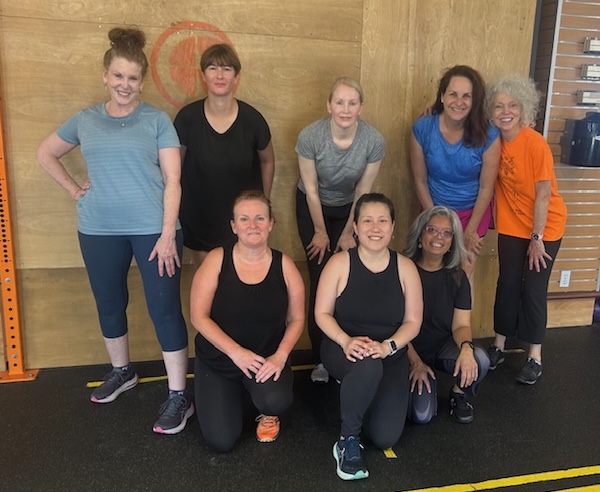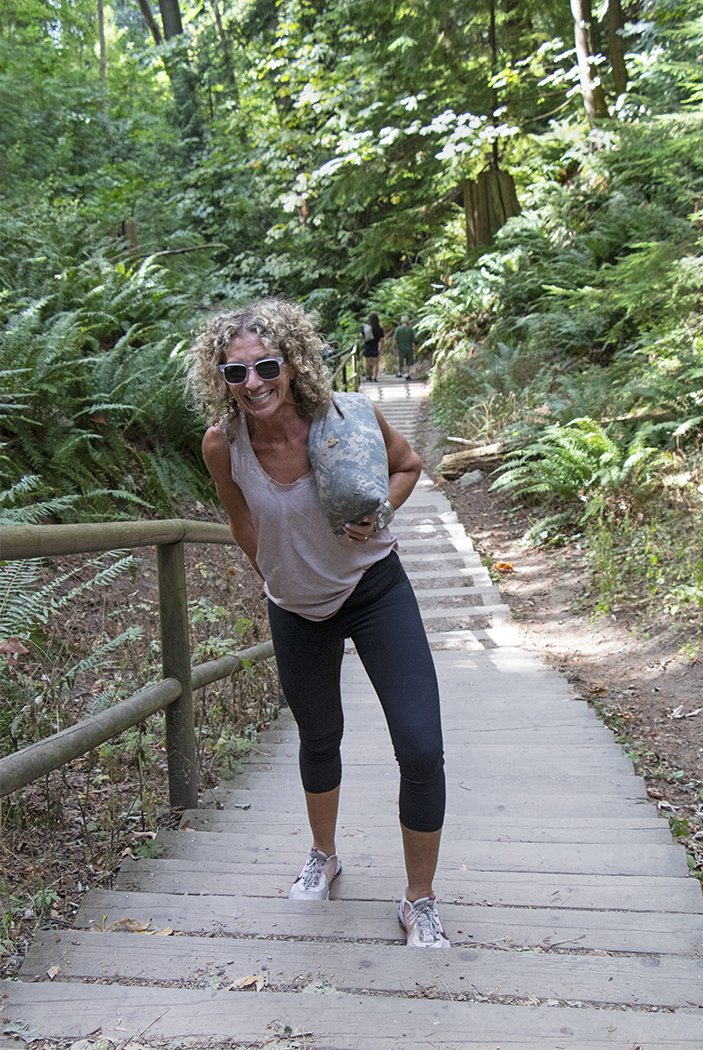
Where There’s a Will, There’s a Way: Stages of Nutrition Change
Growing up, my dad’s belief was simple: When you’re ready, you’ll make a change. If you’re not, you won’t. No amount of raving about the benefits of x or y would work until I was truly ready.
You can show the path, but you can’t force someone down it. He believed we all have our own sense of timing. Respect it. Let be.
Not that he didn’t tear his hair out watching me laze about with a Slurpee while he headed off to the gym, but he knew the only person he had control over was himself. Still, he made sure the path was visible. Due to his modelling, I knew there was another path I could take, if and when I decided I wanted to.
In terms of making changes to our nutrition to benefit our health, the challenge usually isn’t a lack of information about what to do; it is about how to turn that knowledge into consistent and sustainable action. There is a bevy of confusing information out there that can make you feel like you are not doing “the right thing,” especially for women in mid-life. It can be overwhelming and enough to make you throw up your hands and say, “I eat what I eat, and what is, is what is. I need to live.”
However, if you feel that your energy, strength, or overall wellness could be improved, it’s worth examining your diet to see if adjustments could help. The impact of our nutrition on mood, joint health, and even our ability to cope with life cannot be overstated. However, it can also be the hardest thing to change, because food is deeply tied to our habits, comfort, culture, and daily routines, to the extent that our choices can become almost automatic.
But, where there’s a will, there’s a way! The Stages of Change can help you understand where you are right now and guide you to your next step
Stage 1: Precontemplation — “Not on My Radar”
You’re not thinking about changing your nutrition because it doesn’t feel like an issue.
Examples:
Grabbing takeout often without a second thought.
Living on coffee until noon because you “don’t do breakfast.”
Choosing snacks based on what’s in arm’s reach.
Your focus: Build awareness. Simply notice how your food choices make you feel without trying to fix anything yet.
Stage 2: Contemplation — “I Could Eat Better”
You’re aware your habits could improve, and you’re curious about how to start, but change still feels elusive.
Examples:
Watching meal prep videos and flipping through recipes and keeping it at that.
Buying greens with the best intentions and throwing them out wilted, unused.
Thinking about eating more protein, but sticking to your regular fare.
Your focus: Pick one small, low-effort change like adding a couple of eggs to breakfast or a smoothie with protein powder.
Stage 3: Preparation — “I’m Getting Ready”
You’ve started gathering tools and resources, perhaps there’s Greek yogurt in your fridge and chicken breast in your freezer, but follow-through is hit or miss.
Examples:
Downloading a meal-planning app and scanning it.
Stocking up on protein sources but defaulting to takeout in a fatigued state.
Signing up for a program but not using all the resources yet.
Your focus: Add structure. Choose 1–2 weekly habits you can stick to, such as a Sunday grocery shop or bulk-prepping chicken once a week.
If you’re in this stage, keep your eyes out for our Aging Well Challenge, coming this fall to Empower. It’s designed to help you bridge the gap between getting ready and taking action by teaching you how to improve both the quality and quantity of your diet in a sustainable way, for life!
Stage 4: Action “I’m Doing It”
You’re actively following new habits most of the time. Meals are more balanced, you’re hitting protein goals, and you love to snack on fruits and vegetables. The food in your fridge gets eaten!
Examples:
Meal prep on Sunday and eat what you've made.
Adding vegetables to every meal without thinking twice.
Your focus: Maintain momentum. Plan for obstacles so they don’t knock you off track, like having backup meals in the freezer or protein bars stashed for emergencies.
If you’re in this stage, you might also benefit from taking part in the Aging Well Challenge to stay the course with new ideas to further solidify your ways!
Stage 5: Maintenance “This Is Who I Am”
Your habits are part of your identity. You can navigate vacations, busy weeks, or social events without sliding back to square one.
Examples:
Enjoying a weekend brunch or patio burger and then going right back to your normal eating. Vacations do not derail you.
Tweaking your grocery list automatically when seasons or your schedules change.
Your focus: Stay flexible. Your habits will continue to evolve as your life progresses.
When you know what your stage is, the question shifts from “Do I know what to do? To “Am I ready and willing to do it, and how can I fit it into my life?”
Home Fries Update
Mike (my husband) bought me this gadget to cut fries and other things. I’ll admit, my first thought, which I kept to myself, was, “Another gadget? We have no space! Is this thing necessary? What’s wrong with a knife?”
But… he was right. This fantastic tool takes a potato and turns it into perfectly cut French fries in a second:

PIC: Saturday dinner, salmon, salad, home fries, and guacamole.
I’m now closing the book on fries and moving on to my mission, which is zucchini.
August Lift Over Forty - Change in Action!

